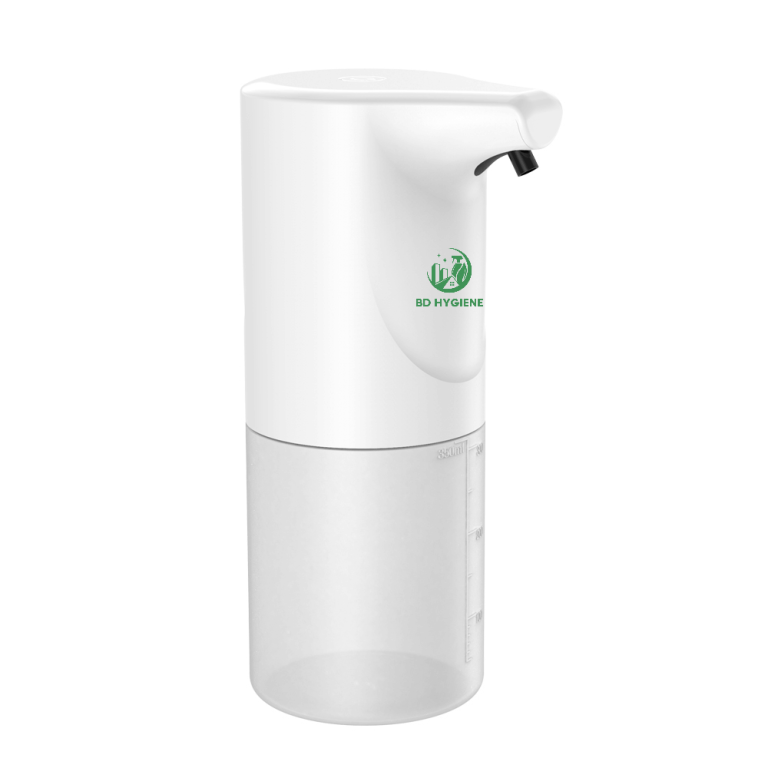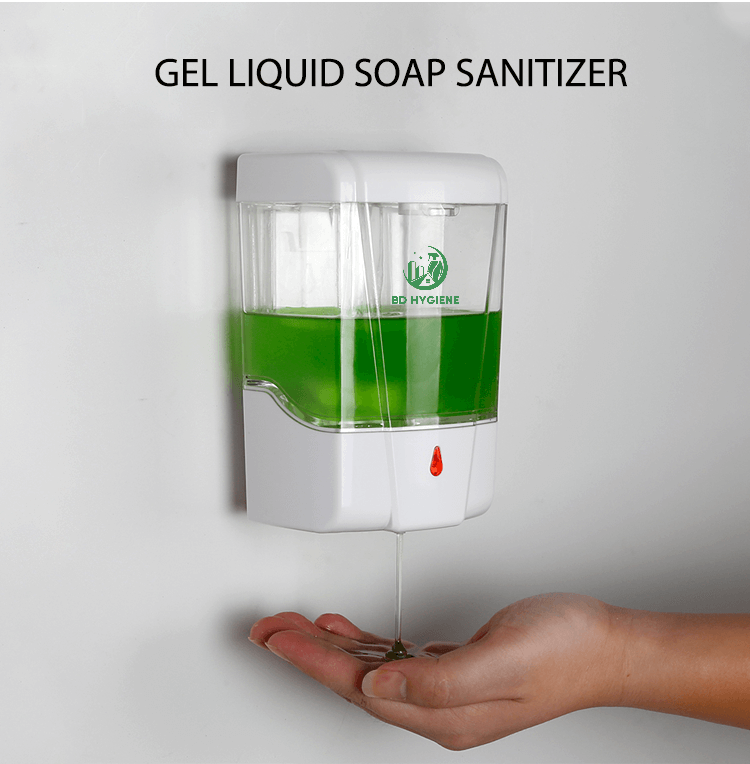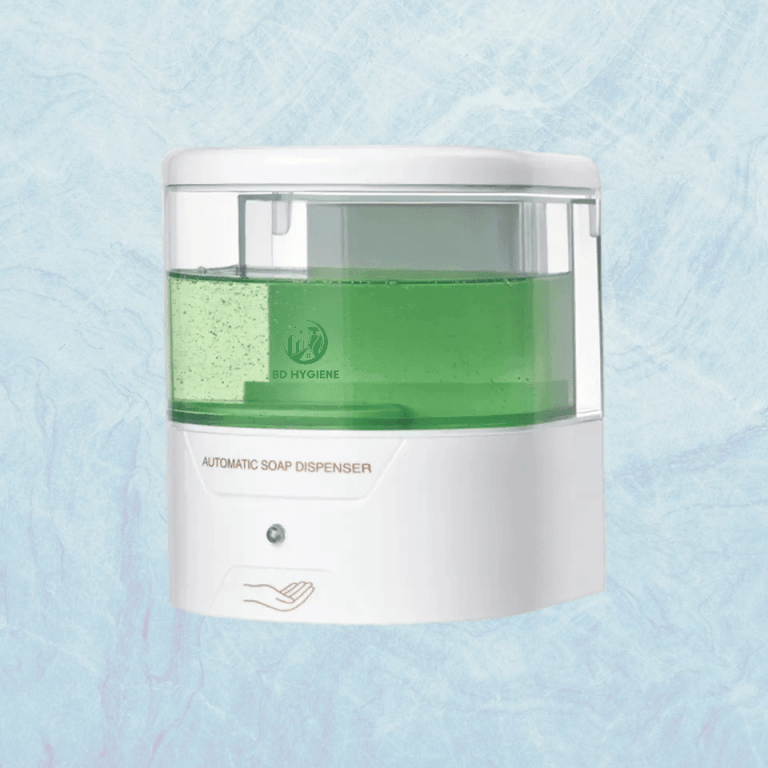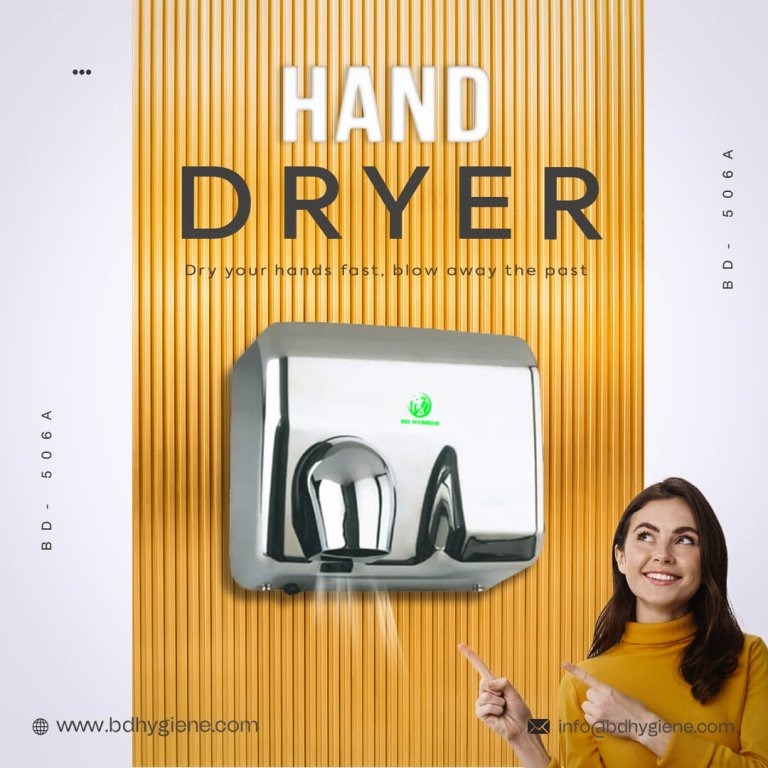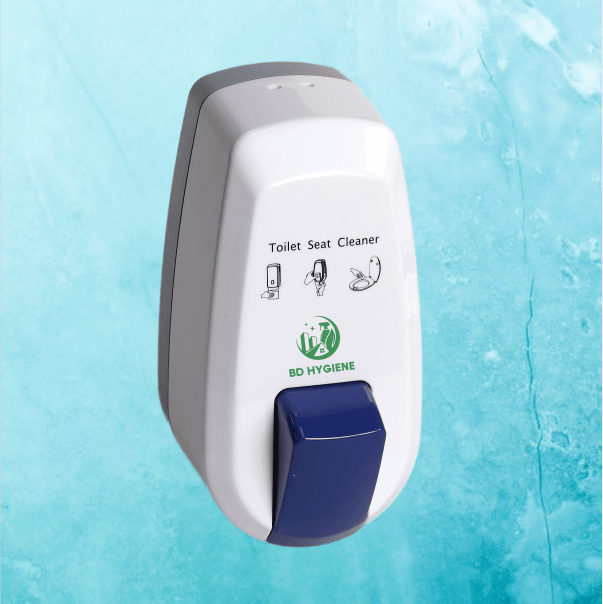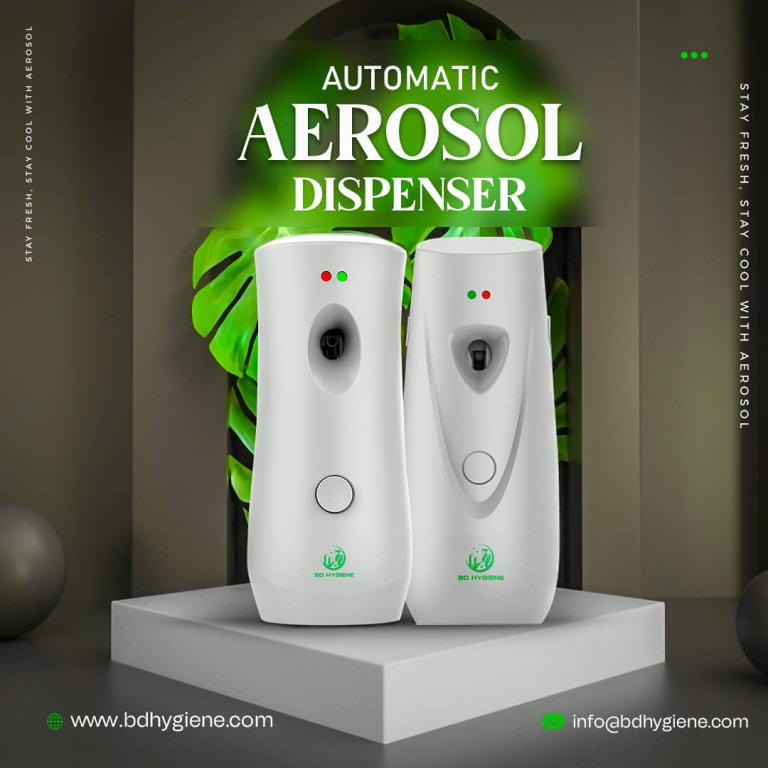Soap dispenser can prevent viruses well
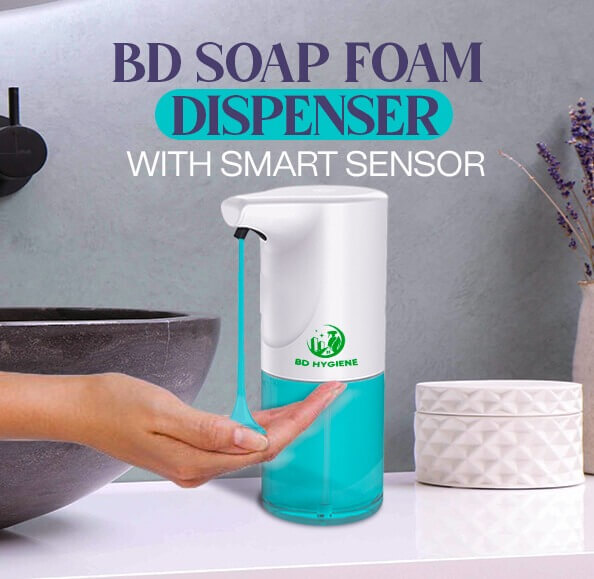
Soap dispenser can prevent viruses well
Although handwashing with soap is critical in the fight against infectious diseases, including COVID-19, globally, around 3 in 10 people – or 2.3 billion – do not have handwashing facilities with water and soap available at home. The situation is worst in the least developed countries, with over 6 in 10 people without access to basic hand hygiene, UNICEF warned on Global Handwashing Day.

“Global response efforts to the pandemic have created an unprecedented time for hand hygiene. Yet progress remains far too slow for the most vulnerable, underserved communities,” said UNICEF WASH Director Kelly Ann Naylor. “Hand hygiene cannot be viewed as a temporary provision to manage COVID-19. Further long-term investment in water, sanitation and hygiene can help prevent the next health crisis from coming. It also means fewer people falling ill with respiratory infections, fewer children dying from diarrheal diseases, and more pregnant mothers and newborns protected from preventable conditions like sepsis.”
The latest data show that some progress has been achieved since 2015. For example, the global population with access to basic hand hygiene at home has increased from 5 billion to 5.5 billion, or from 67 per cent to 71 per cent. However, if current trends persist, 1.9 billion people will still not have access to basic hand hygiene by the end of the decade.
According to the latest estimates:
Globally, 3 in 10 people – or 2.3 billion – do not have access to basic handwashing facilities with water and soap at home, including 670 million people without any facility at all. In the least developed countries, more than 6 in 10 people lack basic hand hygiene facilities at home.
2 in 5 schools worldwide do not have basic hygiene services with water and soap, affecting 818 million students, of which 462 million attend schools with no facility at all. In the least developed countries, 7 out of 10 schools have no place for children to wash their hands.
1 in 3 healthcare facilities worldwide does not have hand hygiene facilities at points of care where the patient, healthcare worker, and treatment involve contact with the patient.
The cost to provide hand hygiene in all homes in 46 of the world’s least-developed countries by 2030 is an estimated US$11 billion*. The cost to governments for hygiene promotion are estimated to be equal to 25 cents per capita per year.
Deep inequalities exist across and within countries regarding access and progress, with the most vulnerable children and families suffering the most. Moreover, in fragile, conflict-affected, and refugee settings, progress is especially slow:
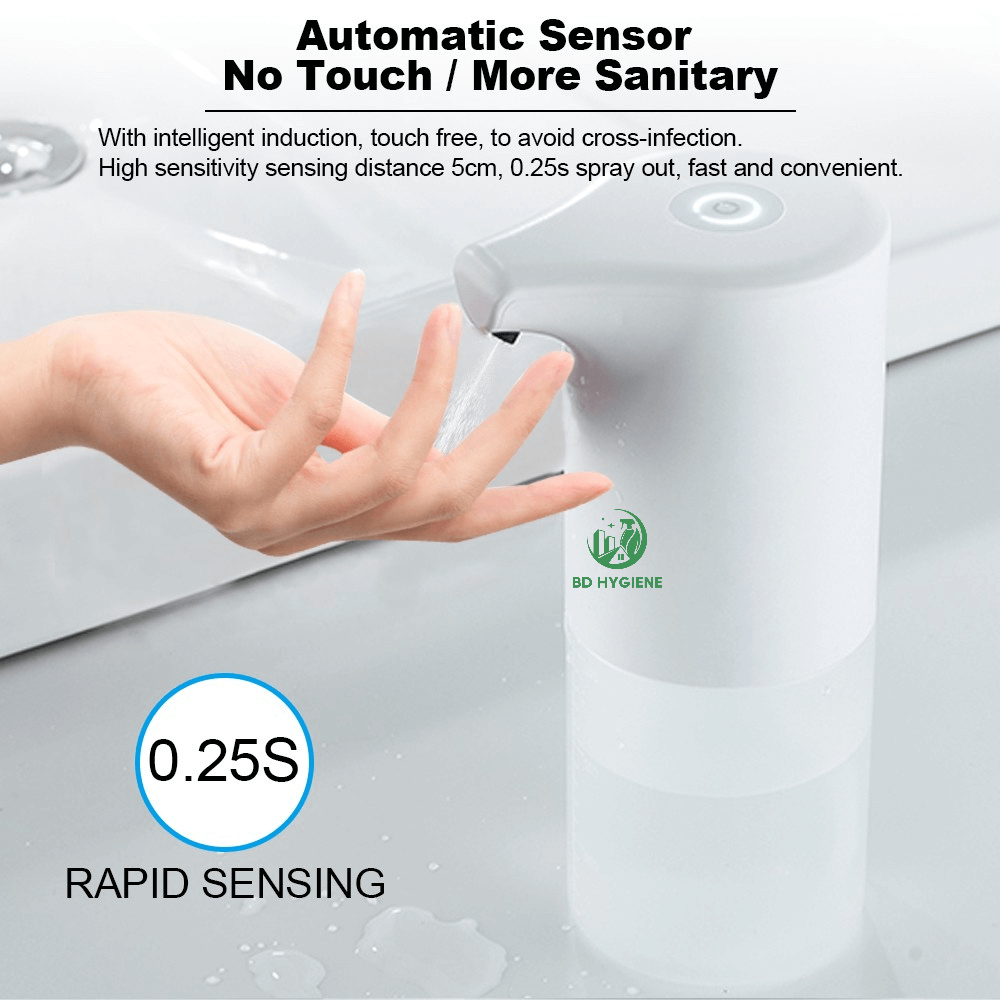
In fragile contexts, 1 in 5 people do not have any hand hygiene facility at home.
In 8 out of 20 countries for which UNHCR has data, more than 30 per cent of refugee households do not have access to soap.
Globally, current progress rates must quadruple to reach universal hygiene by 2030. In the least developed countries, the rate of progress would need to increase ten-fold, and in fragile contexts, it would need to accelerate by a factor of 23.
Here I recommend a good soap dispenser, Fengjie F1406-c is good, you can click here to view the detailed parameters.

